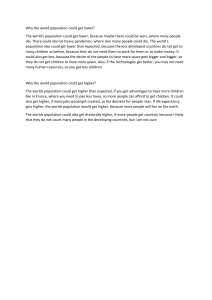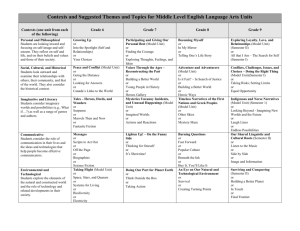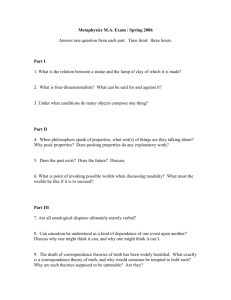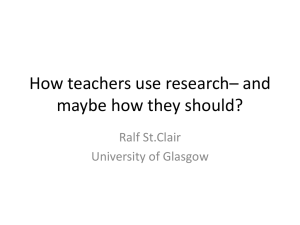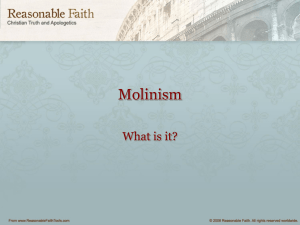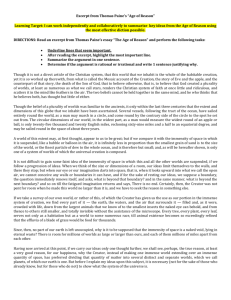Introduction to Art Worlds I - Draper Program
advertisement
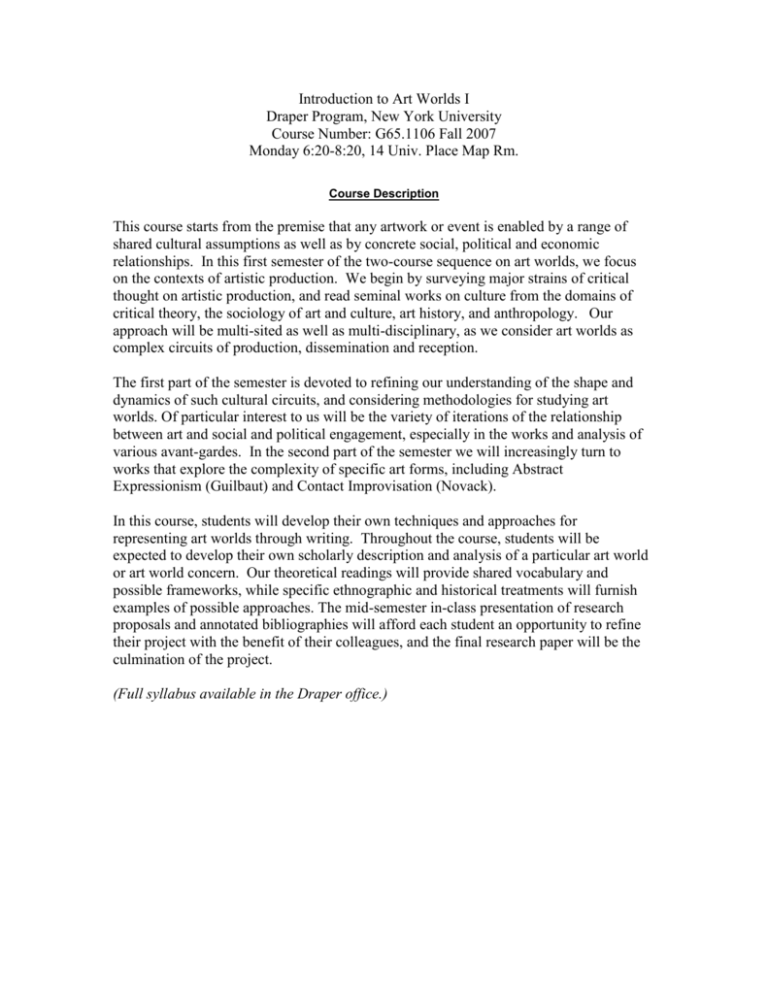
Introduction to Art Worlds I Draper Program, New York University Course Number: G65.1106 Fall 2007 Monday 6:20-8:20, 14 Univ. Place Map Rm. Course Description This course starts from the premise that any artwork or event is enabled by a range of shared cultural assumptions as well as by concrete social, political and economic relationships. In this first semester of the two-course sequence on art worlds, we focus on the contexts of artistic production. We begin by surveying major strains of critical thought on artistic production, and read seminal works on culture from the domains of critical theory, the sociology of art and culture, art history, and anthropology. Our approach will be multi-sited as well as multi-disciplinary, as we consider art worlds as complex circuits of production, dissemination and reception. The first part of the semester is devoted to refining our understanding of the shape and dynamics of such cultural circuits, and considering methodologies for studying art worlds. Of particular interest to us will be the variety of iterations of the relationship between art and social and political engagement, especially in the works and analysis of various avant-gardes. In the second part of the semester we will increasingly turn to works that explore the complexity of specific art forms, including Abstract Expressionism (Guilbaut) and Contact Improvisation (Novack). In this course, students will develop their own techniques and approaches for representing art worlds through writing. Throughout the course, students will be expected to develop their own scholarly description and analysis of a particular art world or art world concern. Our theoretical readings will provide shared vocabulary and possible frameworks, while specific ethnographic and historical treatments will furnish examples of possible approaches. The mid-semester in-class presentation of research proposals and annotated bibliographies will afford each student an opportunity to refine their project with the benefit of their colleagues, and the final research paper will be the culmination of the project. (Full syllabus available in the Draper office.)
